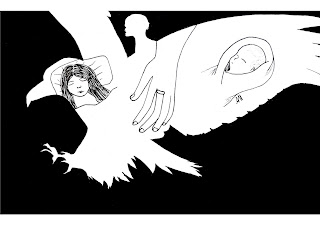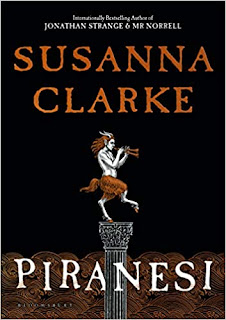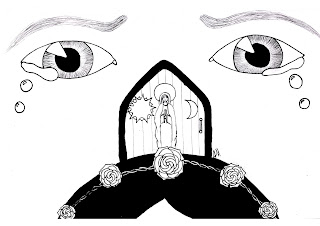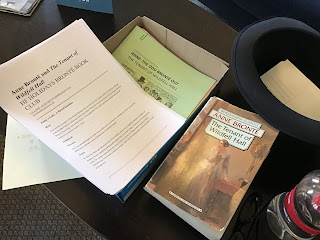Beauty and the Beast Revisited

“This is where the wealthy and the powerful rule...” The words that put a shiver down my teenage spine. Last Christmas I was given a full box set of the 1980s TV drama Beauty and the Beast. And surprisingly given the lack of activities available in 2020, I’m still working my way through it. For those not in the know, the series followed the story of Catherine, a wealthy lawyer in New York, and Vincent, a sensitive and troubled man-beast who was part of a secret colony below the city streets. It absolutely rocked my world in the 80s and early 90s. I still have the novelisation, cassette of poetry and music from the show, and unwatchable VHS tapes of four selected episodes. But mainly, I hadn’t watched it since my teens. These are my thoughts on revisiting it as a 40-something in the year 2020. 1. So many episodes! I remember going to the USA as an au pair in 1994 and discovering episodes of Beauty and the Beast I had never seen before. Well, here’s some news for myself: there are eve






